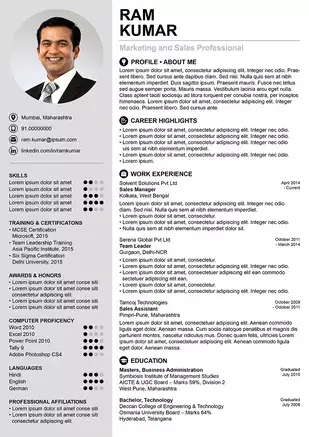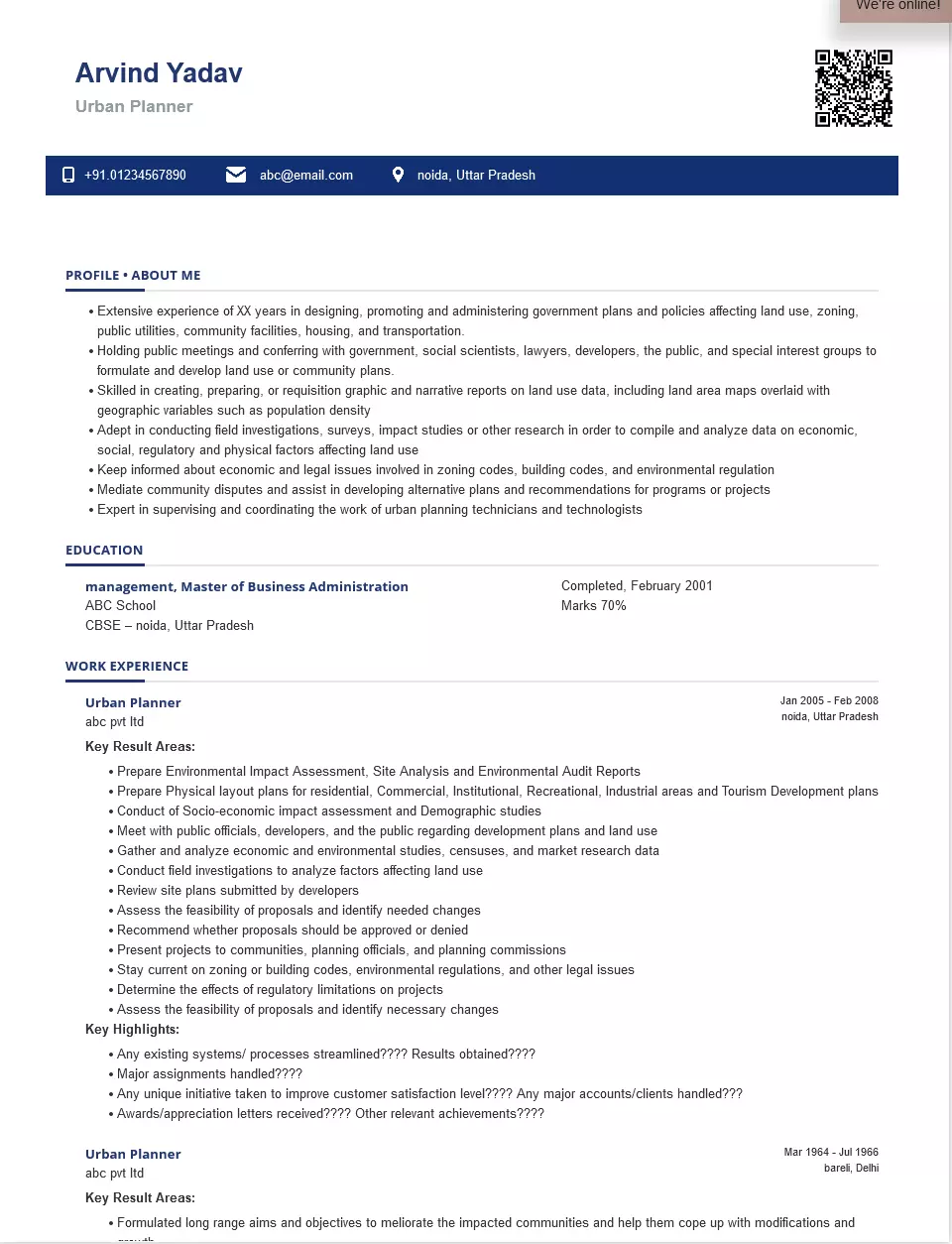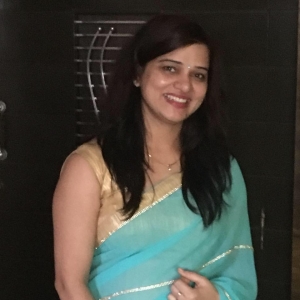- Certification by American Institute of Certified Planners (AICP)., Completed , January 2014
What's your job?
Urban Planner Resume Samples and Templates for 2026
- Table of Contents
- Downloadable Sample
- Resume Tips from Experts
- Resume Text Version
- Share
Urban Planner Resume Examples and Templates
A career in urban planning requires a resume that clearly communicates your qualifications, experience, and passion for creating sustainable, vibrant urban spaces. Whether you’re a city planner, urban designer, or land use specialist, your resume should highlight your skills in urban development, urban design projects, and land use planning. This guide offers urban planner resume examples and templates to help you craft a resume that effectively showcases your background.
Why a Strong Urban Planner Resume Is Essential
Urban planners work to enhance urban livability and sustainability through thoughtful design and development. A well-designed resume is essential for an urban planner position to stand out in a competitive job market. Hiring managers often review dozens of applications, so it’s critical to create a resume that’s clear, targeted, and aligned with the job description.
Key Sections of an Urban Planner Resume
1. Contact Information
Include your full name, phone number, email, city/state, and a link to your online portfolio if applicable.
2. Professional Summary or Objective
Write a concise resume summary that highlights your job title, years of experience, and key qualifications related to urban planning.
Example:
Certified Urban Planner with 6 years of experience specializing in sustainable urban design, land use planning, and public engagement. Proven success in leading comprehensive urban development projects and enhancing urban growth through data-driven solutions.
3. Skills and Experience
Tailor your resume to the specific job with a skills section that features both technical and soft skills.
Examples:
- Urban design and planning
- Land use analysis
- Public policy and zoning regulations
- GIS and AutoCAD
- Stakeholder engagement
- Sustainable urban practices
- Communication and collaboration
4. Work Experience
Use a reverse-chronological resume format to outline your work experience, emphasizing accomplishments and project outcomes.
Example:
Urban Planner City Development Bureau, Mumbai June 2018 – Present
- Led urban development projects to revitalize downtown spaces, increasing pedestrian use by 35%.
- Conducted land use planning and community engagement sessions for a new transit-oriented district.
- Collaborated with architects and designers to apply urban design guidelines for a new city plaza.
Planner Assistant Urban Planning Solutions, Delhi July 2015 – May 2018
- Supported urban planning projects by gathering data and preparing technical reports.
- Created GIS maps and presentations for city council meetings.
- Contributed to planning strategies that improved zoning efficiency by 20%.
5. Education
Include your degree in urban planning or related fields.
Example: Bachelor’s Degree in Urban Planning School of Planning and Architecture, Delhi Graduated: 2015
6. Certifications
- Certified Urban Planner (CUP)
- Member, Institute of Urban Planners
- Certified Professional Resume Writer (CPRW)
Urban Planner Resume Example
Name: Arjun Mehta Phone: +91 90000 00000 Email: arjun.mehta@email.com Location: Bengaluru, India Portfolio: www.arjunurbanportfolio.com
Professional Summary
Lead Urban Planner with 8 years of experience in comprehensive urban planning projects, specializing in sustainable urban spaces and modern urban development. Adept in stakeholder engagement, GIS, and regulatory planning. Passion for urban revitalization and smart city design.
Skills
- Urban development and infrastructure
- Strategic urban planning
- Urban design guidelines
- Sustainable urban growth strategies
- Project management
- Technical tools: AutoCAD, SketchUp, ArcGIS
- Resume writing and documentation
Work Experience
Lead Urban Planner SmartCity Developments, Bengaluru 2017 – Present
- Directed comprehensive urban projects to optimize land use and transportation systems.
- Implemented policies that improved housing accessibility in growing metropolitan zones.
- Collaborated with engineers and designers on urban spaces aligned with green principles.
Education
Master’s in Urban Design and Planning Indian Institute of Urban Affairs Graduated: 2017
Tips for Crafting a Strong Urban Planner Resume
- Use a resume builder or professional resume templates to create a modern resume.
- Tailor your resume to the job description using keywords from the job description.
- Keep your resume clear and ATS-friendly.
- Include a resume summary or objective that reflects your role as an urban planner.
- Make your resume easier to read with bullet points and a clean layout.
- Proofread your resume and cover letter before submission.
Best Resume Templates for Urban Planning Jobs
Choose a resume template that aligns with your skills and background:
- Modern and clean design
- Reverse-chronological resume format
- Space for certifications, skills, and urban planning projects
- Designed to pass ATS and impress hiring managers
Final Thoughts
Creating a resume for an urban planner position involves more than listing job titles—it’s about telling your story as a planner. Use planner resume examples and templates to guide your writing process and showcase your value. Ensure your resume highlights your expertise in urban design, land use planning, urban development, and your passion for transforming urban spaces.
Whether you’re applying for planner jobs at the city level or working on sustainable urban projects, a resume that effectively showcases your strengths will help you stand out. Explore resume examples and templates, use a resume builder, and tailor your resume for every application to boost your chances in the urban planning job market.
Make sure your resume is a reflection of your knowledge in urban planning, your experience with urban design projects, and your dedication to building better cities.
Frequently Asked Questions
What should I include in an urban planner resume?
Your resume should have a clear professional summary, work experience highlighting planning projects, a list of technical skills like GIS and AutoCAD, soft skills like stakeholder engagement, education, and any relevant certifications. Tailor these to the job you're applying for so recruiters see the match right away.
How do I write an effective professional summary for this role?
Write 2–3 sentences that summarize your planning experience, key strengths (for example, sustainable design or zoning expertise), and a notable achievement that shows your impact — something that makes a recruiter want to read the rest.
What skills are most important to list on an urban planner resume?
Include both hard skills (like GIS mapping, urban design, zoning codes, AutoCAD, SketchUp) and soft skills (communication, project management, collaboration). These show you're technically capable and great at working with teams and communities.
Should I customize my resume for each job application?
Yes — tailoring your resume to match the job description with relevant keywords boosts your chances of getting past applicant tracking systems (ATS) and makes your application more relevant to hiring managers.
What format works best for an urban planner resume?
A reverse-chronological format is usually most effective: start with your most recent role and work backward. It helps employers quickly see your recent, relevant experience. However, if you're new to the field, a skills-focused or combination format can highlight your abilities.
Do I need a portfolio or project samples?
While not always required, linking to an online portfolio of your planning work, maps, or project briefs can really strengthen your resume and give employers a sense of your design and planning approach.
How long should an urban planner resume be?
Aim for one page if you're early in your career. With several years of experience and notable project work, you can extend to two pages — just make sure every entry adds value and relevance.
What if I don't have much formal planning experience?
You can emphasize relevant internships, academic projects, technical skills (like GIS), and planning-related coursework. Show what you learned and any tools you used, and be specific about your contributions.
How can I show impact in my work experience?
Use bullet points that focus on results and achievements, not just duties. For example, detail how your plan improved walkability, helped secure funding, or assisted in community outreach. Quantifying outcomes makes your resume stronger.
Are certifications helpful on an urban planner resume?
Yes — certifications like AICP (American Institute of Certified Planners) or GIS training show deeper commitment to the field and can set you apart from other candidates.
What are common mistakes to avoid?
Avoid long paragraphs of text, unclear formatting, unrelated experience, and resumes that lack specific planning terms. Keep sections clean, use standard headings, and include relevant keywords so the resume reads well both to humans and ATS.
Urban Planner Text-Only Resume Templates and Samples
Avinash Yadav
Phone: 01234567890
Email: abc@email.com
Address: sec-44, Noida, Yamuna Nagar
About Me
Urban Planner
- Extensive experience of XX years in designing, promoting and administering government plans and policies affecting land use, zoning, public utilities, community facilities, housing, and transportation.
- Holding public meetings and conferring with government, social scientists, lawyers, developers, the public, and special interest groups to formulate and develop land use or community plans.
- Skilled in creating, preparing, or requisition graphic and narrative reports on land use data, including land area maps overlaid with geographic variables such as population density
- Adept in conducting field investigations, surveys, impact studies or other research in order to compile and analyze data on economic, social, regulatory and physical factors affecting land use
- Keep informed about economic and legal issues involved in zoning codes, building codes, and environmental regulation
- Mediate community disputes and assist in developing alternative plans and recommendations for programs or projects
- Expert in supervising and coordinating the work of urban planning technicians and technologists
Education
Architecture, Master of Architecture, Completed, February 2001
Urban Planning
University of DWS
XXXX, MN
Certifications
Work Experience
Period: January 2005 - Current
Urban Planner
GBC Pvt Ltd
- Prepare Environmental Impact Assessment, Site Analysis, and Environmental Audit Reports
- Prepare Physical layout plans for residential, Commercial, Institutional, Recreational, Industrial areas, and Tourism Development plans
- Conduct Socio-economic impact assessment and Demographic studies
- Meet with public officials, developers, and the public regarding development plans and land use
- Gather and analyze economic and environmental studies, censuses, and market research data
- Conduct field investigations to analyze factors affecting land use
- Review site plans submitted by developers
- Assess the feasibility of proposals and identify needed changes
- Recommend whether proposals should be approved or denied
- Present projects to communities, planning officials, and planning commissions
- Stay current on zoning or building codes, environmental regulations, and other legal issues
- Determine the effects of regulatory limitations on projects
- Assess the feasibility of proposals and identify necessary changes
Period: March 1964 - July 1966
Infrastructure Planner
ABCD Pvt Ltd
- Formulated long-range aims and objectives to meliorate the impacted communities and help them cope with modifications and growth
- Examined the market investigation information, economical aspects, environmental surveys, political factors, census results, cultural issues, etc.
- Maintained effective contacts with contractors and other construction experts to acquire talented and competent laborers
- Studied the critical aspects which hinder the process of making efficient use of land by performing thorough field research
- Stayed updated with the legal land planning regulations, planning permits, environmental policies, zoning codes, etc., and adhering to the federal and state protocols
- Controlled the planning disputes and supplying evidence for the appeals made
Skills
- Interpersonal Skills
- Analytical Skills
- Communication Skills
- Critical Thinking
- Design Skills
- Teamwork
- Time Management
Languages
Softwares
Operating System
Personal Interests
- Gardening
- Hiking
- Jogging
- Content creation
 India's
premier resume service
India's
premier resume service





